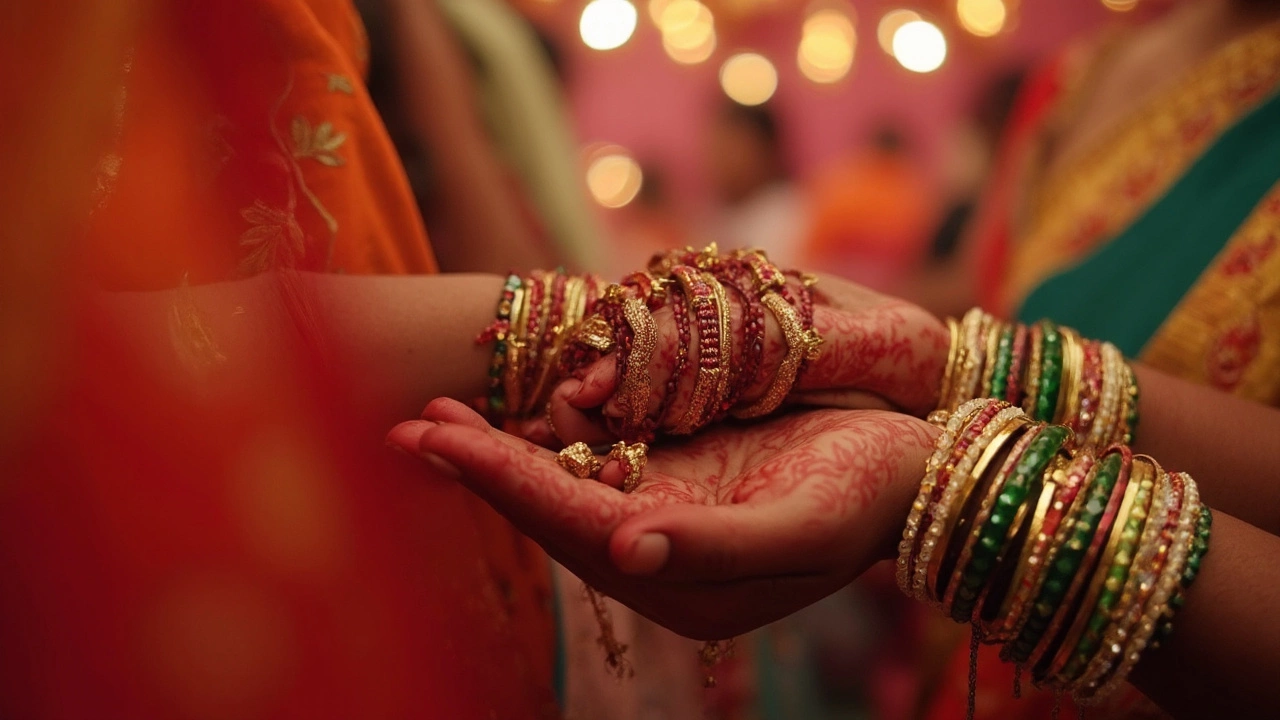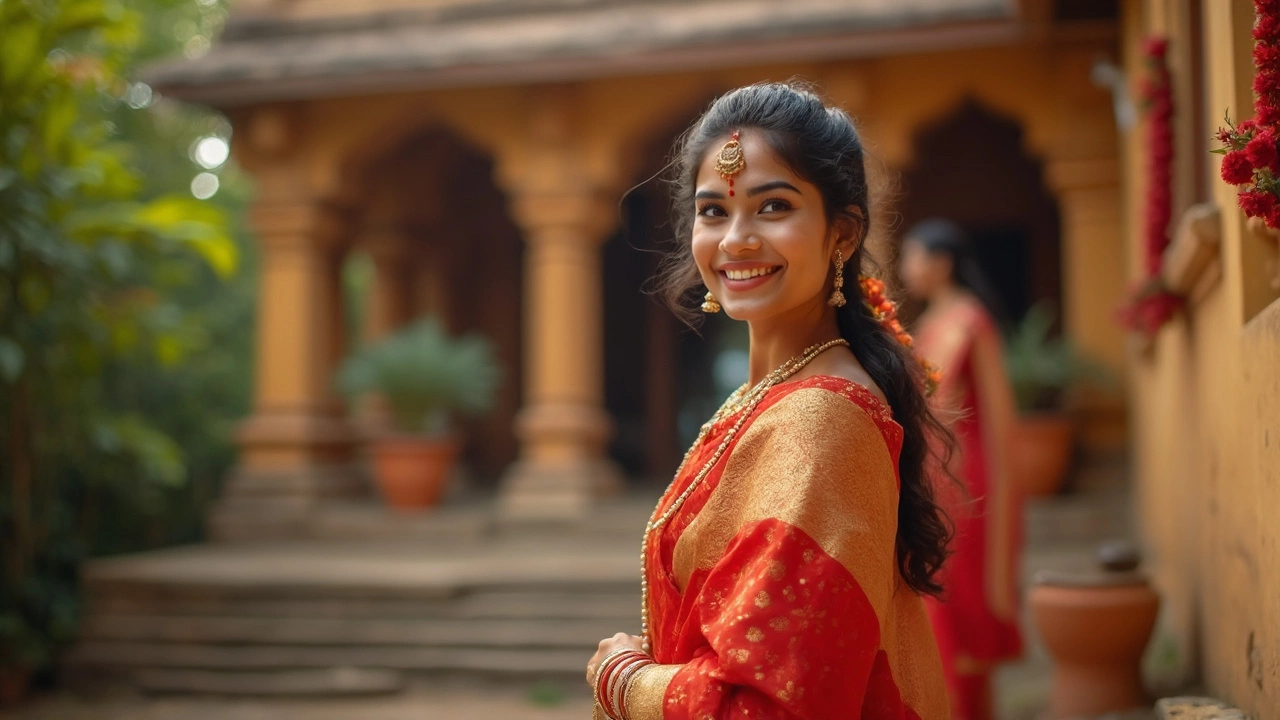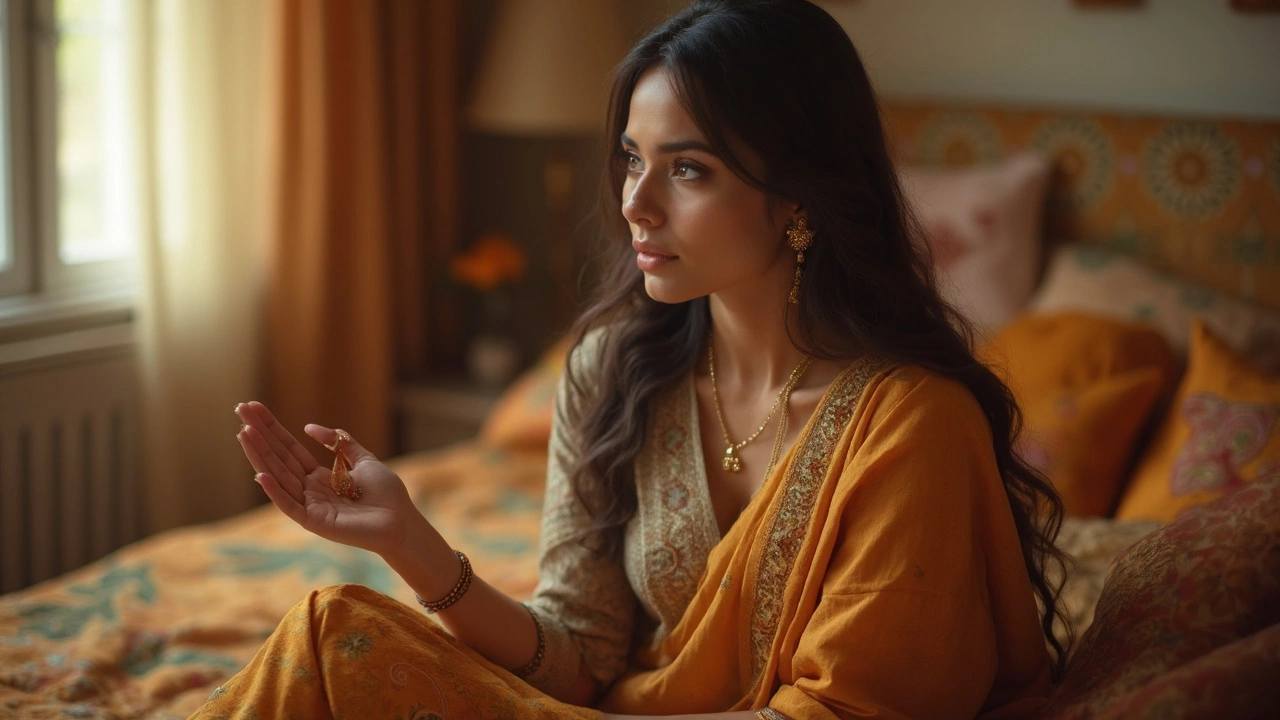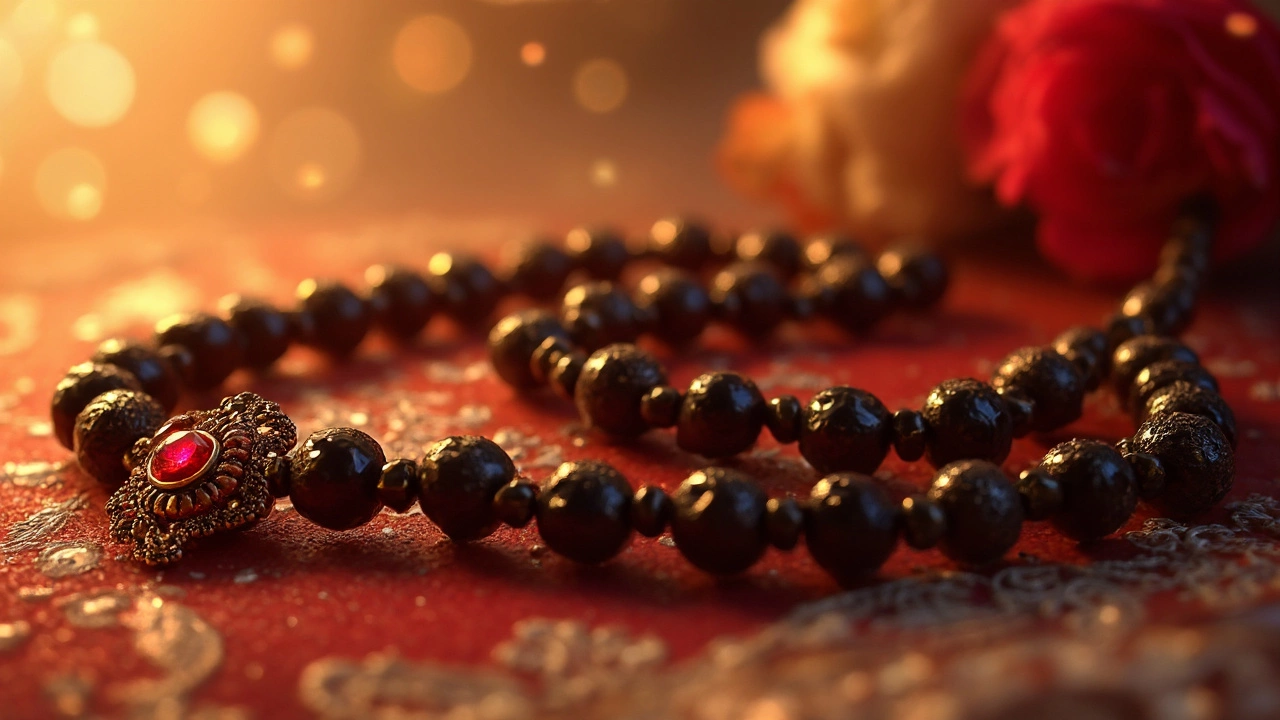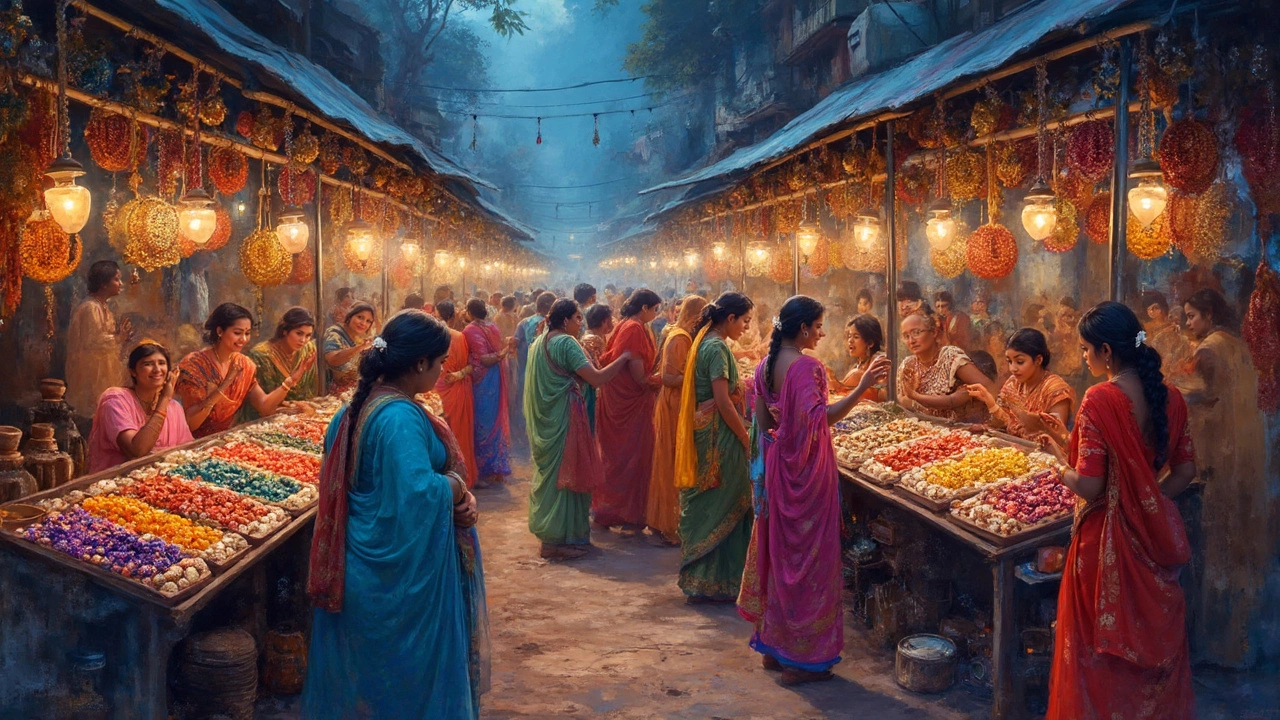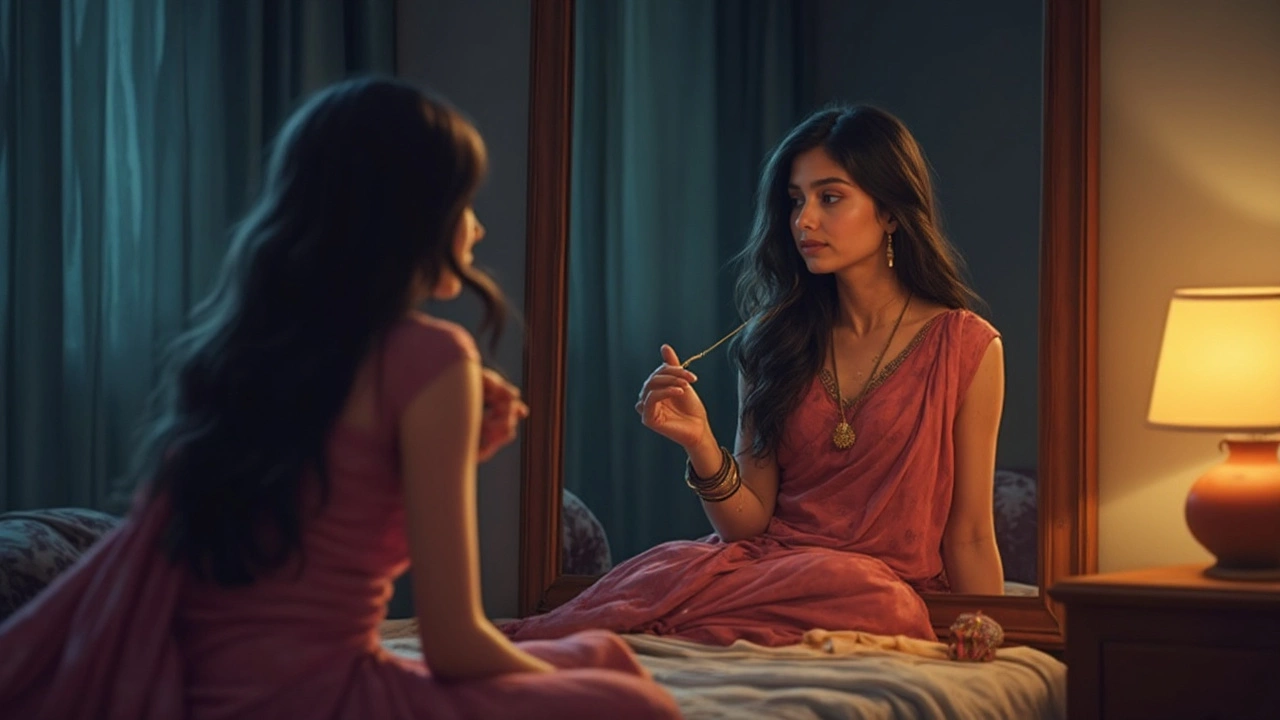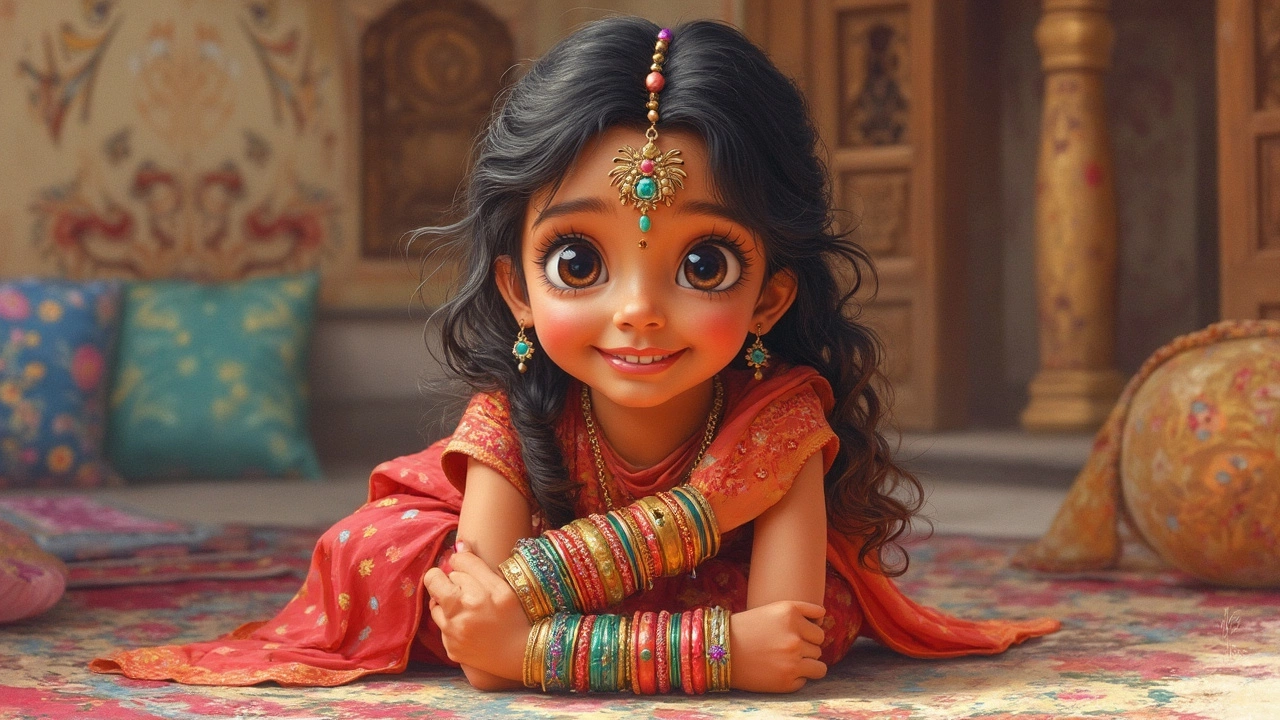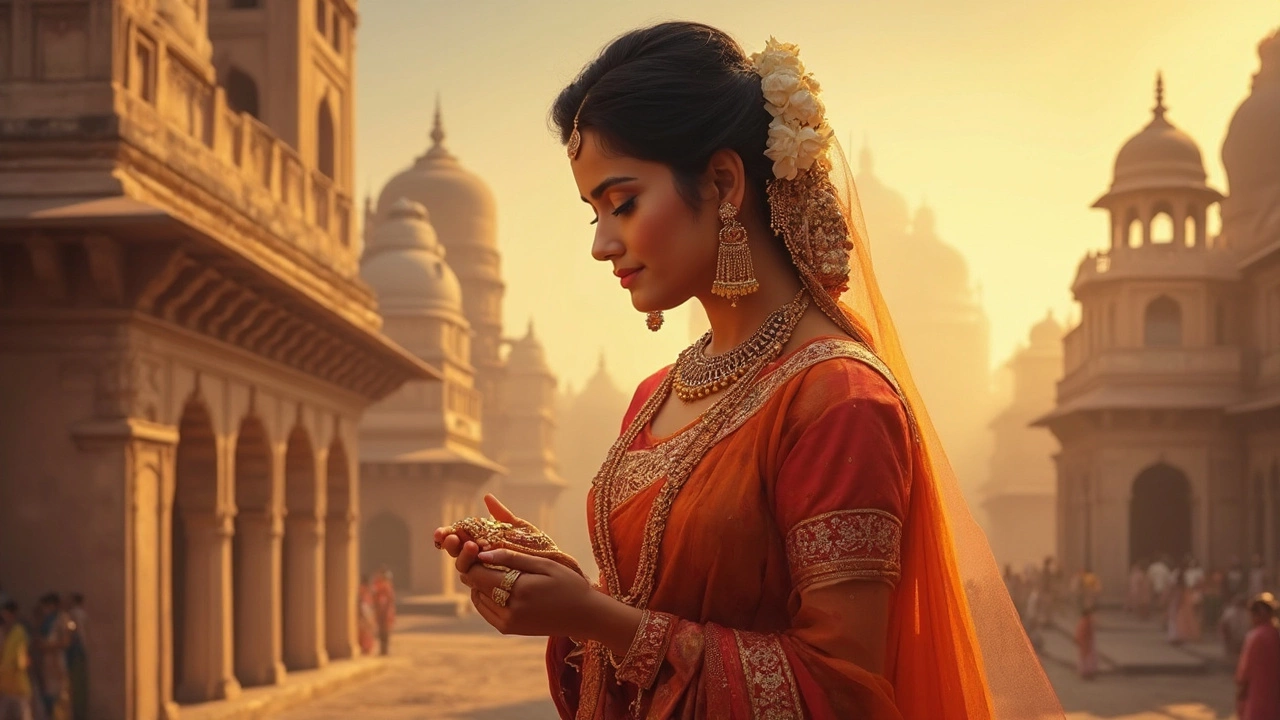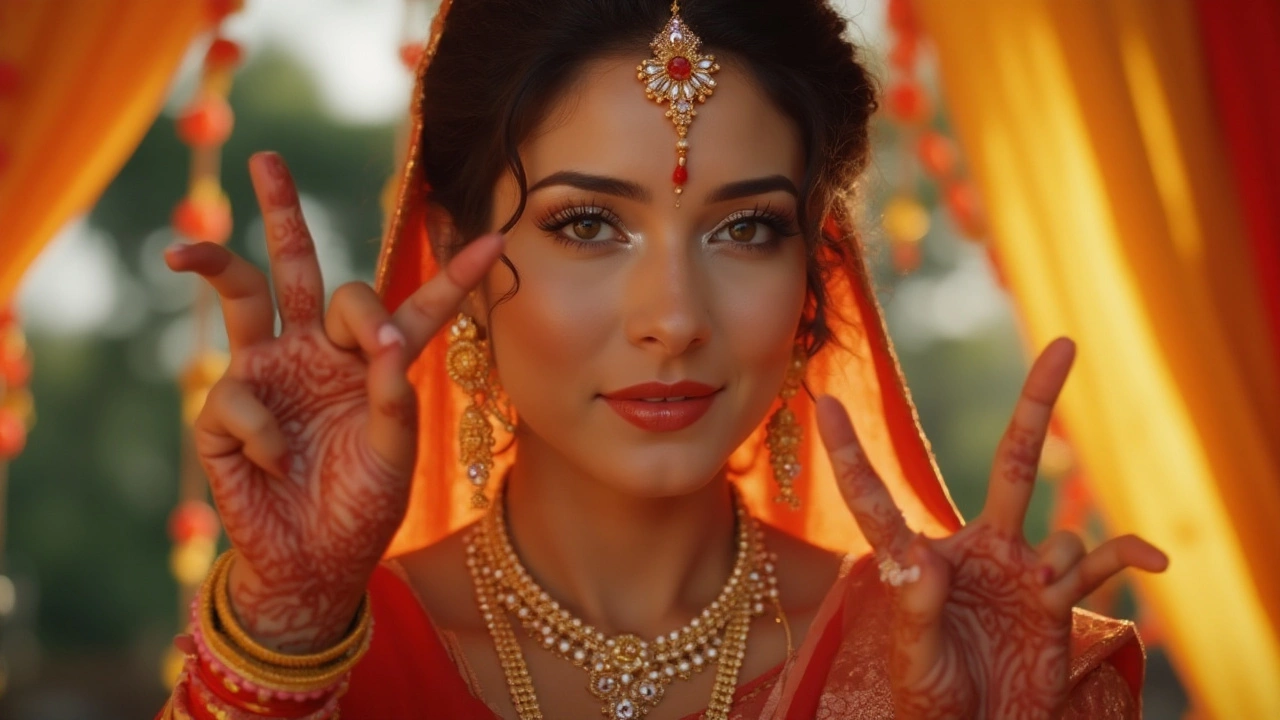Tradition in Indian Jewellery
When we talk about tradition, a set of cultural customs and rituals that have been passed down through generations in India. Also known as customs, it shapes how people choose, wear, and share jewellery in everyday life and special occasions.
Key Indian Jewellery Traditions
One of the most recognized symbols is the Mangalsutra, a sacred necklace tied by the groom around the bride's neck during Hindu weddings. This marriage necklace not only marks marital status but also carries blessings for longevity and prosperity. The tradition encompasses gifting, tying, and even modern variations like lighter gold or gemstone designs, showing how the custom adapts while staying rooted in meaning.
Another beloved custom involves Bangles, stacked bracelets traditionally given to women as symbols of marriage, fertility, and social status. Families often exchange bangles during festivals or weddings, and the tradition influences color choices, material (gold, glass, lac), and the number of pieces worn. The act of gifting bangles reinforces family bonds and celebrates milestones, illustrating how tradition intertwines with personal expression.
The Choora, a set of red and ivory bangles worn by Punjabi brides for forty days after the wedding, represents purity and the bride's new role. While the custom originated in North India, its popularity has spread, and modern brides sometimes personalize colors or add contemporary designs. This ceremony shows how tradition influences bridal attire and the community’s role in celebrating the union.
Red powders like Sindoor, a vermilion powder applied to a married woman's hair part, and the decorative Bindi, a dot placed on the forehead symbolizing the third eye and marital status, are everyday traditions that signal cultural identity. Both have spiritual roots and have evolved into fashion statements, showing how ancient beliefs continue to shape modern style choices.
All these customs—Mangalsutra, bangles, choora, sindoor, and bindi—connect through a shared purpose: marking life’s milestones, expressing devotion, and reinforcing community ties. Below you’ll find a hand‑picked collection of articles that unpack each of these traditions, explore regional variations, and offer practical tips for choosing, wearing, or gifting these iconic pieces. Dive in to discover how each practice fits into today’s fashion landscape while staying true to its cultural heart.
